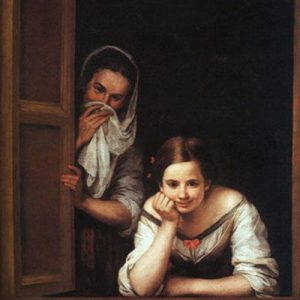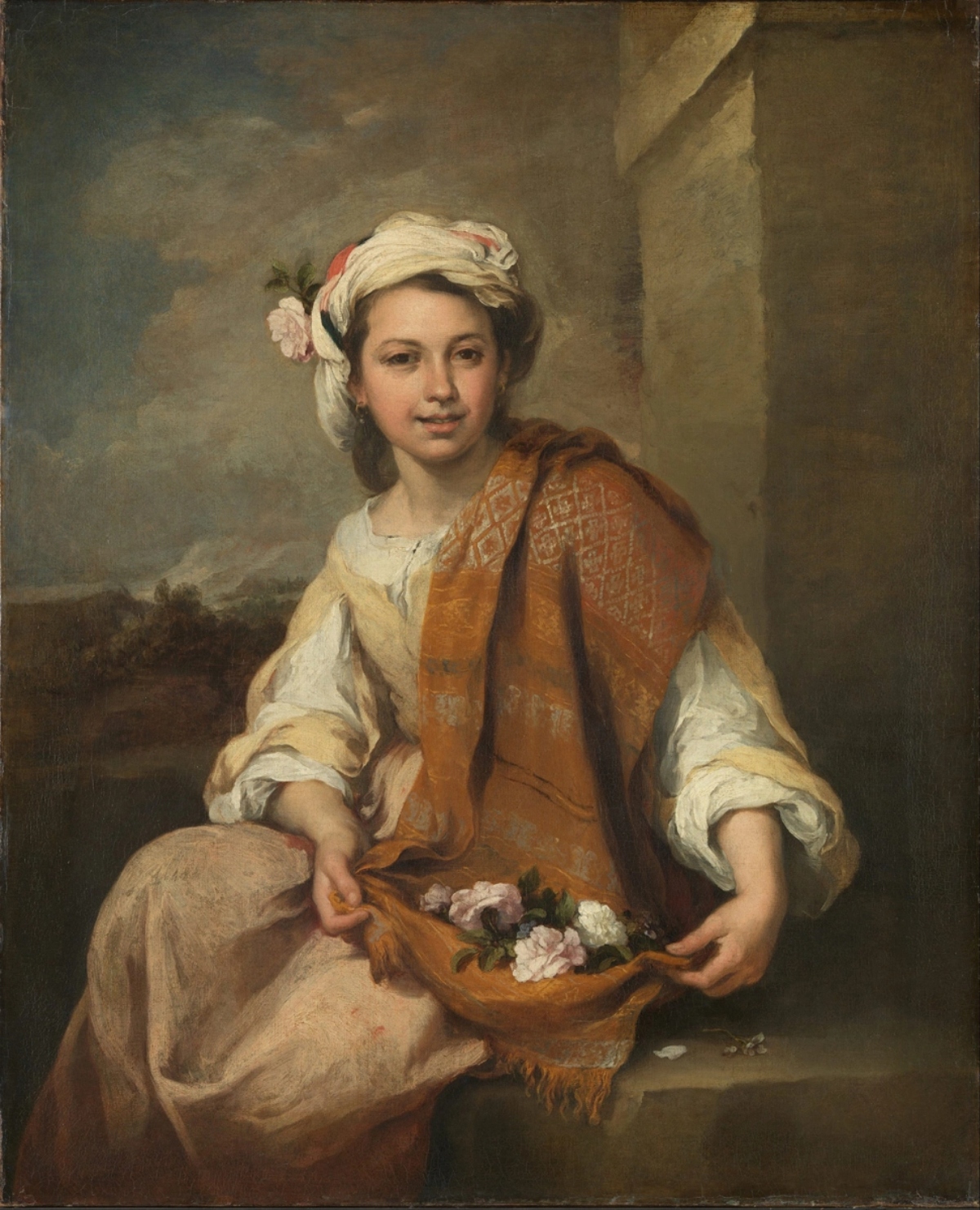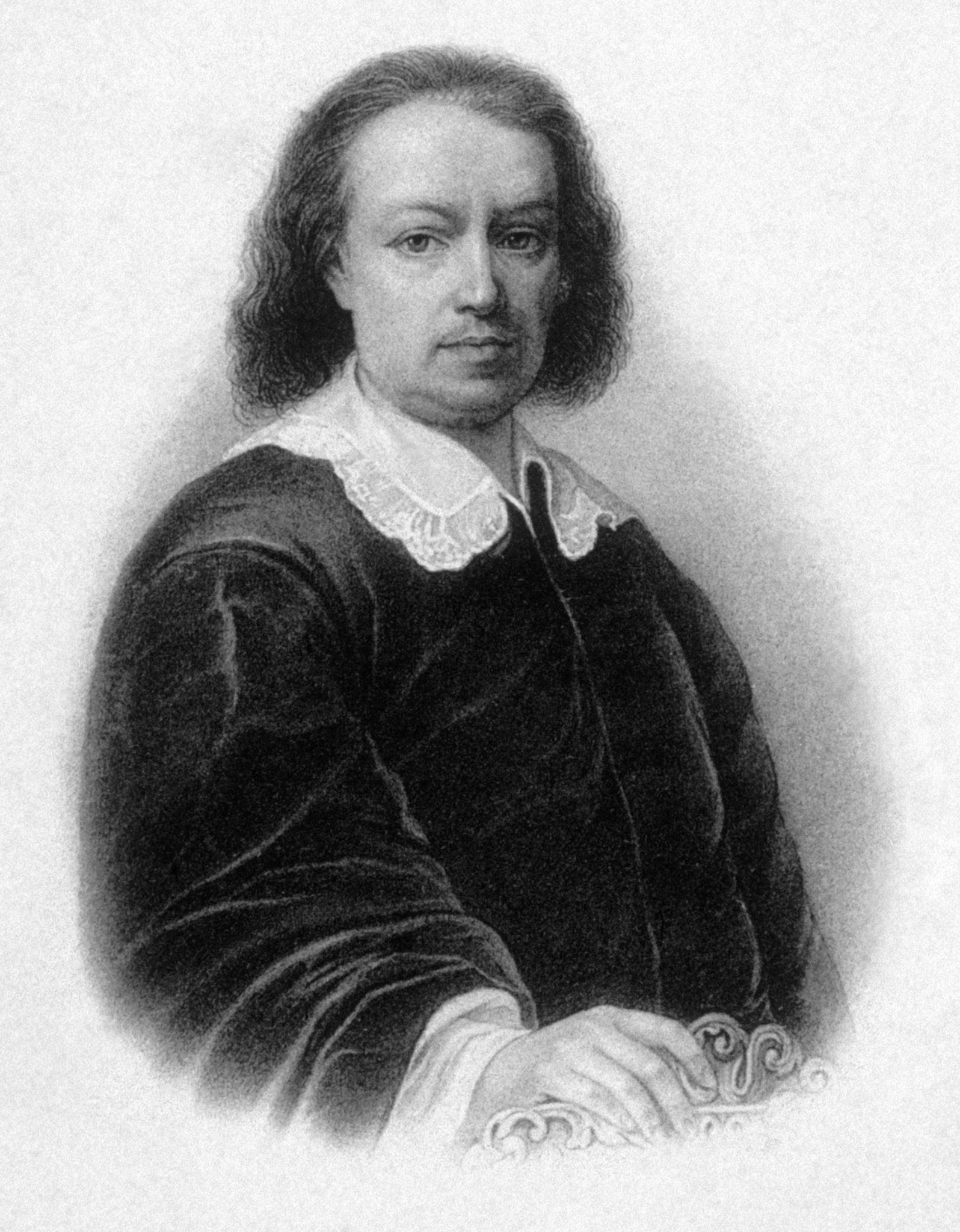Bartolomé Esteban Murillo, the renowned Spanish Baroque painter, left an indelible mark on the art world with his religious masterpieces and captivating portraits of everyday life. Here are some fascinating facts about this influential artist:
Advertisement

National Gallery
1. Diverse Portfolio:
While Murillo is celebrated for his religious works, he also painted a significant number of realistic portraits featuring contemporary women and children. His portrayals of flower girls, street urchins, and beggars provide a vivid snapshot of everyday life during his era.

Brooklyn Museum
2. Family Ties:
Born in late December 1617, Murillo was baptized on January 1, 1618, in Seville. After losing his parents in 1627 and 1628, he became a ward of his older sister Ana and her husband, Juan Agustín Lagares. Murillo remained close to them until his marriage in 1645. He even became the executor of Lagares’ will years after his sister’s death.
3. Early Artistic Influences:
Murillo’s early artistic journey began under the guidance of his uncle and godfather, Juan del Castillo. His style was also influenced by prominent painters such as Francisco de Zurbarán, Jusepe de Ribera, and Alonso Cano. The commercial importance of Seville exposed him to diverse artistic influences, including Flemish painting.
Advertisement
4. Mysterious Travels:
There are debates about Murillo’s travels to places like Madrid and Italy. Some claim he visited these locations to enhance his artistic knowledge, while others, including art historian Antonio Palomino, argued that Murillo’s skills were honed through intense study in his room. Palomino dismissed claims of foreign influences, emphasizing Murillo’s success rooted solely in Spain.
5. Marriage and Major Commission:
In 1645, Murillo returned to Seville and married Beatriz Cabrera y Villalobos. The same year marked a turning point in his career with the first major commission – eleven canvases for the San Francisco convent in Seville. These paintings depicted stories of Franciscan saints, emphasizing lives of contemplation and prayer.

6. Artistic Evolution:
Murillo’s style evolved from Zurbaránesque tenebrism to a softly luminous approach that suited the tastes of the bourgeois and aristocratic audiences. His paintings, such as “The Angels’ Kitchen” and “Death of St Clare,” showcase the fusion of reality with the spiritual world.
7. Legacy and Influence:
Murillo’s legacy extended beyond his lifetime. His paintings were widely imitated, ensuring his reputation in Spain and Europe. Notably, artists like Gainsborough and Greuze were influenced by his distinctive style. Google commemorated the 400th anniversary of Murillo’s birth with a doodle on November 29, 2018.
8. Global Presence:
Murillo’s works can be found in esteemed museums worldwide, including the Museo del Prado in Madrid, the Hermitage Museum in Saint Petersburg, and the Wallace Collection in London. His impact on art history is evident through the global recognition of his paintings.
Bartolomé Esteban Murillo’s life and art continue to captivate art enthusiasts, and his contributions to the Baroque era remain an integral part of Spain’s rich cultural heritage.


Leave a Reply